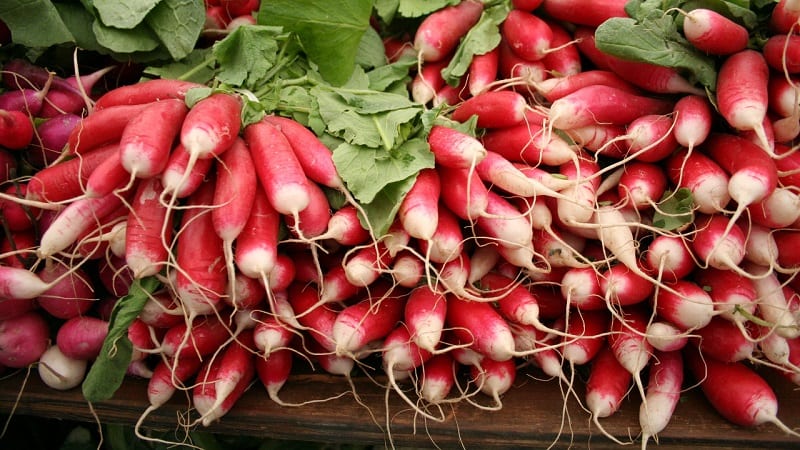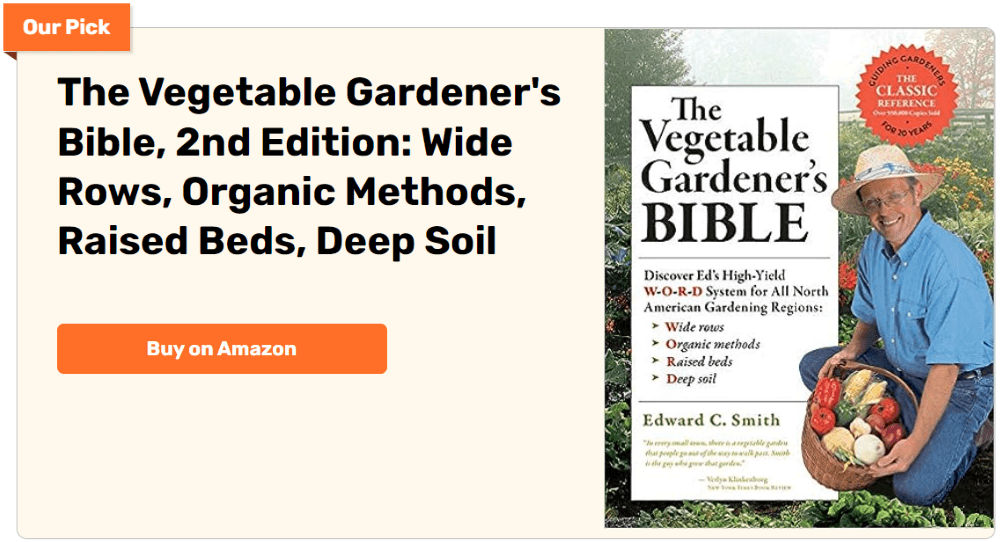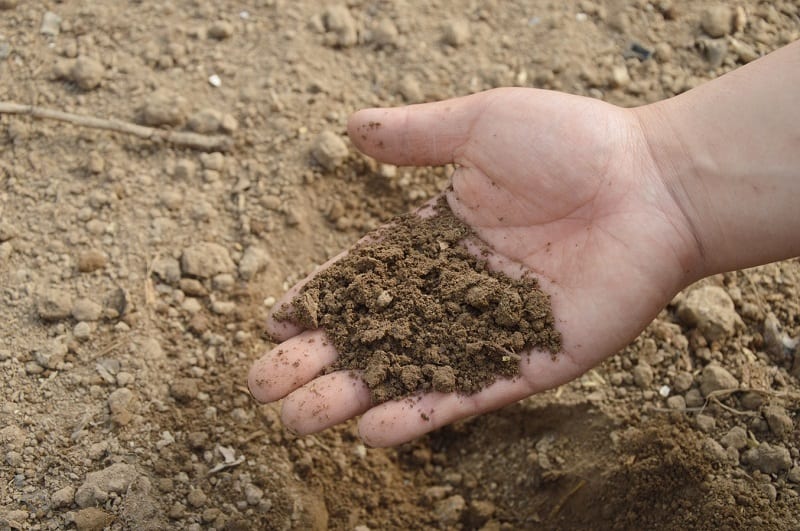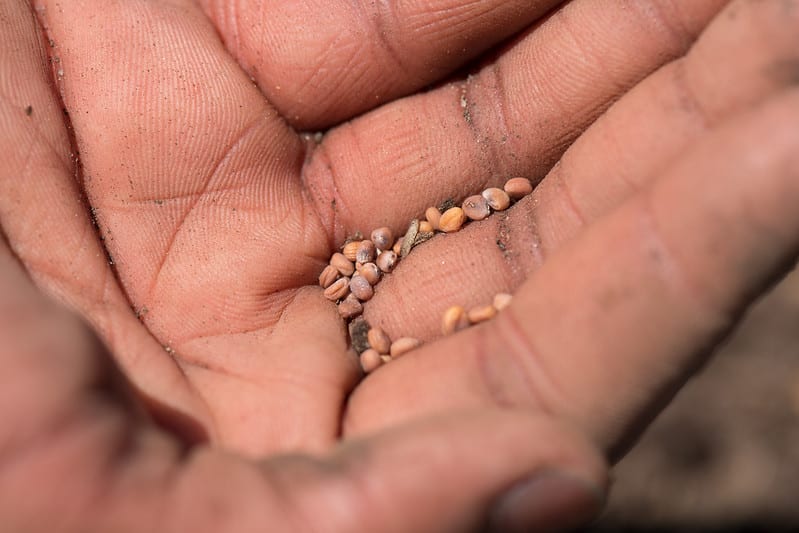
Growing radish is a fun learning exercise for new gardeners. The tangy springtime favourite is hardy, easy to grow, and can be planted multiple times in a growing season.
The radish is so robust, versatile, and vigorous that just about every seed you sow from a packet is likely to sprout.

There are two basic types of radish – spring and winter. The crunchy spring varieties are best for early spring planting as they mature quickly in cool weather.
Winter radishes require a longer growing period but maintain their quality in the garden longer. They can be stored longer and have a more distinctive flavour.
Additionally, these winter radishes boast a truly distinct flavour profile, setting them apart from their spring counterparts and other garden vegetables. Their taste can be described as robust, earthy, and often slightly spicy, delivering a delightful and bold culinary experience. This distinct flavour is not only a treat for your taste buds but also a creative and exciting addition to your culinary repertoire.
Whether you choose to slice them thinly for salads, roast them to bring out their nutty undertones or pickle them to capture their zesty essence, these winter radishes add a unique and exciting dimension to your culinary creations.
Their distinctive flavour makes them a valuable and intriguing component, enriching the variety of produce you cultivate and bringing a delightful twist to your gardening endeavours.
Growing Radish
Contents
You can plant radish seeds in the spring and the fall. Choose a sunny area for your radish crop. If you plant radishes in too much shade – or even in corners where other plants shade them – they will invest all their energy into growing larger leaves.
Follow the pointers we’ve outlined below for an abundant harvest of radishes.
1. Soil Preparation
Radishes do well in soil that is rich in organic matter but not too compact. You should avoid amending the soil with fresh manure and organic materials high in nitrogen. An overly-rich soil will encourage lush foliage at the expense of crisp, tasty roots.

2. How to Plant Radish
For spring planting, sow seeds 4 to 6 weeks before the average date of the last frost. You should plant radish seeds directly in the garden so as not to avoid disturbing their roots later. Sow the seeds outdoors ½ to 1 inch deep and 1 inch apart in rows 12 inches apart.
You can plant a round of seeds every 10 days while the weather is still cool. This will ensure a continuous harvest in the late spring and early summer.
Why not plant in the fall? You can sow a fresh batch of radish seeds 4 to 6 weeks before the first fall frost.

(Photo: USDA/Flickr)
3. How to Maintain Your Radish Crop
You should thin your plot so that your radishes are about 2 inches apart when they are a week old. Crowded plants do not grow well.
You should water your bed in moderation. Keep the soil evenly moist but not waterlogged. Consistent, even moisture is key to a good harvest.
Mulch the bed with compost enriched with wood ash. This not only keeps root maggots at bay but also helps the soil retain moisture.

4. Harvesting Radishes
Your radishes will be ready for harvest quite quickly. Some varieties are ready for harvesting three weeks after planting. As a general rule, you can begin harvesting radishes when the roots are around 1 inch in diameter at the soil surface.
Pull one out and test it before harvesting the rest, suggests the Old Farmer’s Almanac. Do not leave radishes in the ground too long after they mature. Their quality will deteriorate rapidly.

Winter radishes, on the other hand, don’t mind a little neglect. You can store them in moist sand in a root cellar but they will keep in the garden under a heavy straw mulch through the winter.
Once you’ve harvested your radishes, cut the tops and the thin root tail off. You can then wash the vegetables and dry them thoroughly. You can store washed radishes in plastic bags in the refrigerator. You can store radish greens separately for up to three days.
The Wrap Up
This article provides a straightforward and comprehensive guide to cultivating both spring and winter radishes. It explores the differences in growing periods, quality retention, and flavours between the two varieties. It emphasizes the unique qualities of winter radishes, such as their extended garden life and distinctive flavour.
This guide equips you with the knowledge and steps required to successfully grow radishes throughout the seasons, enhancing your culinary experiences and garden diversity.
The quick growth of spring radishes can be used to your advantage as a companion plant, helping deter certain pests and improve the soil for other crops. Winter radishes, with their longer growth period, serve as resilient garden residents, providing a steady source of fresh produce even as the weather turns colder.
This attribute renders them an invaluable asset to the diverse array of crops in your garden. Their enduring growth and yield capacity provide not only sustenance but also a welcome variety, particularly during a season when numerous other crops may lie dormant or exhibit reduced productivity.
Radishes are not heavy feeders. When your soil has been adequately amended with compost, it might eliminate the necessity for extra fertilizers. In cases where the soil is deficient in organic material or if you observe symptoms of nutrient deficiency, you can explore the option of applying a well-balanced, versatile fertilizer.
As such, it’s clear that radishes are straightforward to cultivate and keep.








